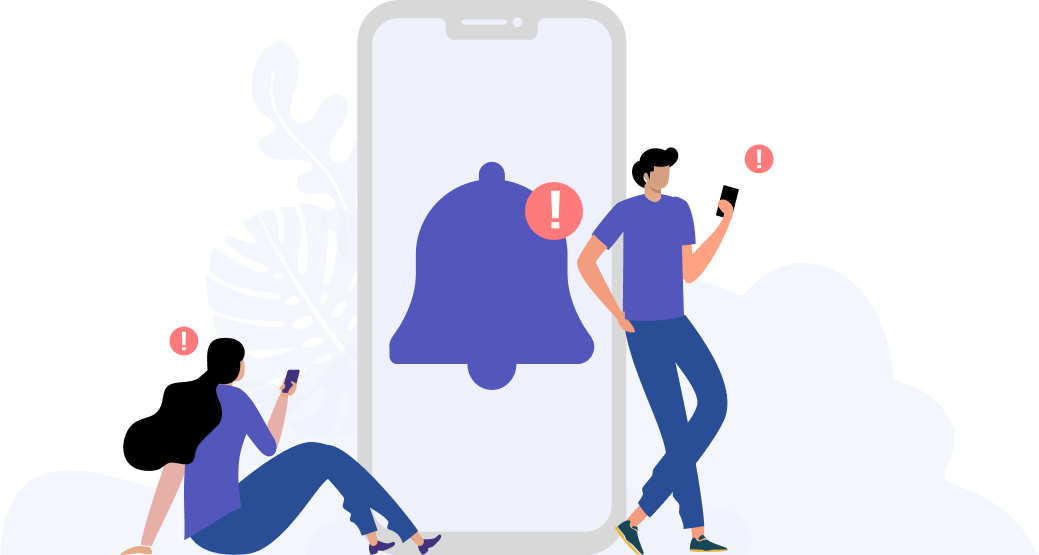Have you been keeping an eye on your child’s device usage?
Did you know that excessive near work may lead to myopia?

First off, what is myopia?
Myopia, more commonly referred to as short-sightedness, is a condition of the eye that affects a person’s capacity to see objects in the distance. Myopia is a public health problem in Singapore, with as many as four out of five teenagers and young adults having the condition.

Too much near work – a leading risk factor for myopia
One of the main risk factors for the development of myopia is excessive near work. Near work activity can be defined as any activity that has a short working distance. If using phones, tablets and playing video games are the first things that come to mind, you are right, but near work includes more than just screen time activities. Even seemingly ‘harmless’ activities like reading, writing and studying are considered to be near work activities.
Due to the high visual demands of near work, and the tendency for myopia to develop during the school years, the time children spend engaging in near work has been frequently reported as a leading risk factor for the development and progression of myopia in children. A recent study conducted on more than 25,000 children and teenagers found that the risk of developing myopia increased by 2% for every 1 hour of near work per week.
Device screen time (DST) – a new type of near work
Especially in this new digital age, with children being exposed to digital devices younger and younger, the amount of near work that a child engages in has skyrocketed. Mobile phone and tablet use has become a way of life for many children, and device screen time, which is an accumulation of all the time children spend on gaming, social media, watching digital entertainment on their mobile devices, has increased. Alarmingly, it has been reported that up to half of children aged below 1 year are exposed to digital devices daily, often for up to one hour per day. The amount of DST increases to more than seven hours per day in teenagers.
The digital transformation of the education landscape has further contributed to the rise in DST in children. With the COVID-19 pandemic necessitating digital learning and with all schools having to adapt to learning online, it seems that online learning is here to stay. This means that children are not only using their devices after school to relax and socialise, but they are also using devices during school time, racking up the near work hours they are engaged in every day.

planoApp – here to help
As parents, it is necessary to closely monitor your children’s digital device use and make sure that they are cultivating healthy behaviours from a young age. We know that it might get tricky to keep an eye on your child’s device use 24/7. To help you do this, we at Plano have created planoApp, the world’s first science-based parental control app that also monitors your child’s eye health by helping and empowering them to learn healthy device use and eye health behaviours as they use their digital devices.
Tools Designed for Healthier Eyes
Explore our specifically designed products and services backed by eye health professionals to help keep your children safe online and their eyes healthy.





